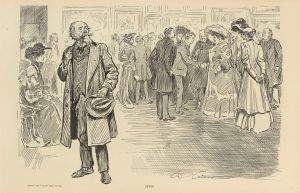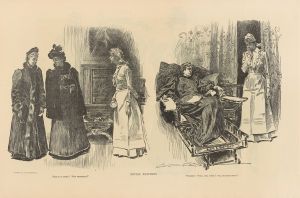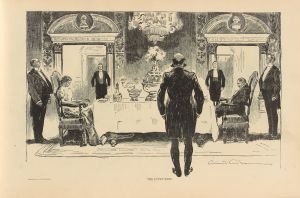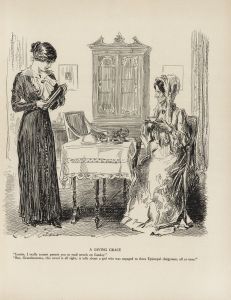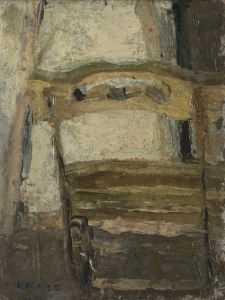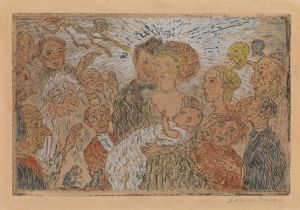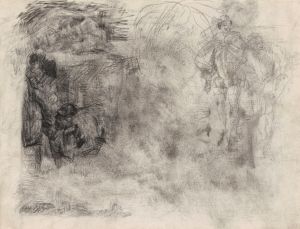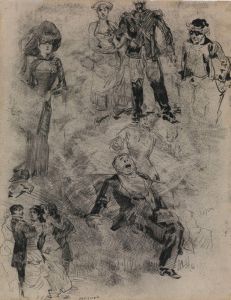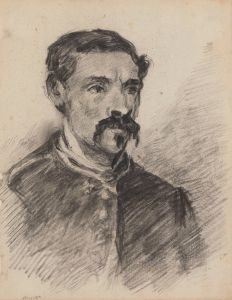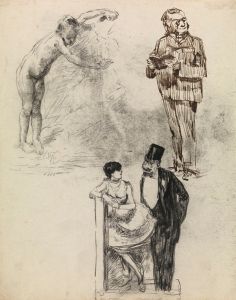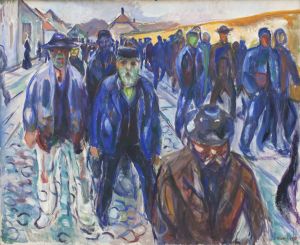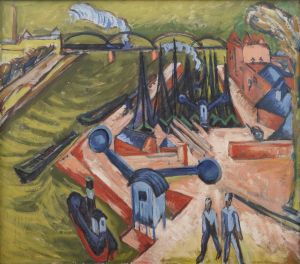
Belgium in the XIXth Century
A hand-painted replica of James Ensor’s masterpiece Belgium in the XIXth Century, meticulously crafted by professional artists to capture the true essence of the original. Each piece is created with museum-quality canvas and rare mineral pigments, carefully painted by experienced artists with delicate brushstrokes and rich, layered colors to perfectly recreate the texture of the original artwork. Unlike machine-printed reproductions, this hand-painted version brings the painting to life, infused with the artist’s emotions and skill in every stroke. Whether for personal collection or home decoration, it instantly elevates the artistic atmosphere of any space.
"Belgium in the XIXth Century" is a painting by the renowned Belgian artist James Ensor, created in 1889. Ensor is often celebrated for his unique style that blends elements of expressionism and symbolism, and this painting is a significant example of his work during a transformative period in Belgian art and society.
James Ensor was born in 1860 in Ostend, Belgium, and he spent most of his life there. He was a pivotal figure in the Belgian avant-garde movement and a member of the influential group Les XX (The Twenty), which was formed in 1883. This group was known for its progressive approach to art and its rejection of academic conventions, providing a platform for artists like Ensor to explore new artistic expressions.
"Belgium in the XIXth Century" reflects Ensor's critical and often satirical view of society. The painting is notable for its complex composition and the use of vivid colors, which are characteristic of Ensor's style. It features a crowded scene filled with a variety of figures, each representing different aspects of Belgian society during the 19th century. Ensor's work often includes grotesque and fantastical elements, and this painting is no exception, as it combines realistic depictions with exaggerated and symbolic figures.
The painting can be seen as a commentary on the political, social, and cultural climate of Belgium during the 19th century. This period was marked by significant changes, including the country's independence from the Netherlands in 1830, industrialization, and the rise of a bourgeois society. Ensor's work frequently critiques the hypocrisy and moral decay he perceived in society, and "Belgium in the XIXth Century" is a reflection of these themes.
Ensor's use of masks and skeletons in his paintings is a recurring motif, symbolizing the hidden truths and the underlying darkness of human nature. In "Belgium in the XIXth Century," these elements may be interpreted as a critique of the superficiality and pretensions of the time. The chaotic and crowded nature of the scene also suggests a sense of disorder and confusion, perhaps reflecting the artist's view of the tumultuous changes occurring in Belgium.
The painting is housed in the Royal Museum of Fine Arts in Antwerp, which holds a significant collection of Ensor's works. Ensor's influence on modern art is widely recognized, and his innovative approach to color, form, and subject matter has inspired numerous artists who followed him. His work is often seen as a precursor to the expressionist and surrealist movements, and "Belgium in the XIXth Century" is an important piece in understanding his contribution to art history.
In summary, "Belgium in the XIXth Century" by James Ensor is a complex and richly detailed painting that offers insight into the artist's critical perspective on 19th-century Belgian society. Through its vivid imagery and symbolic content, the painting captures the essence of a nation undergoing profound change and reflects Ensor's unique artistic vision.





